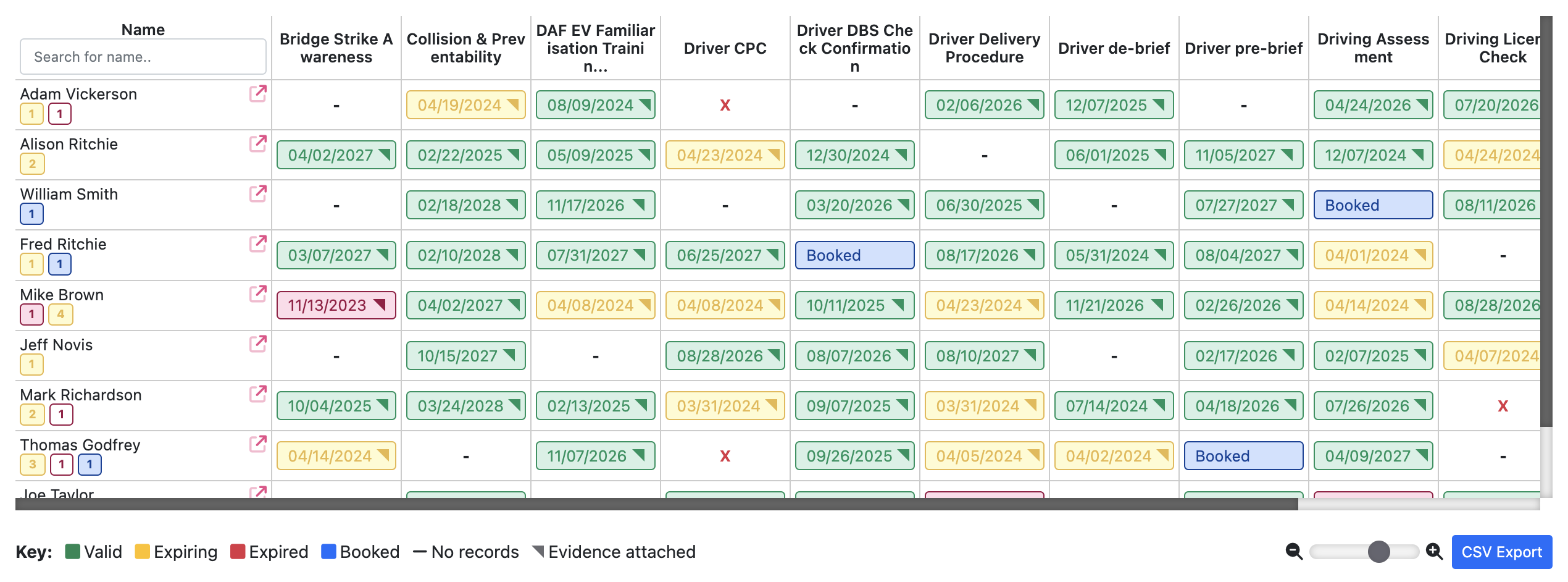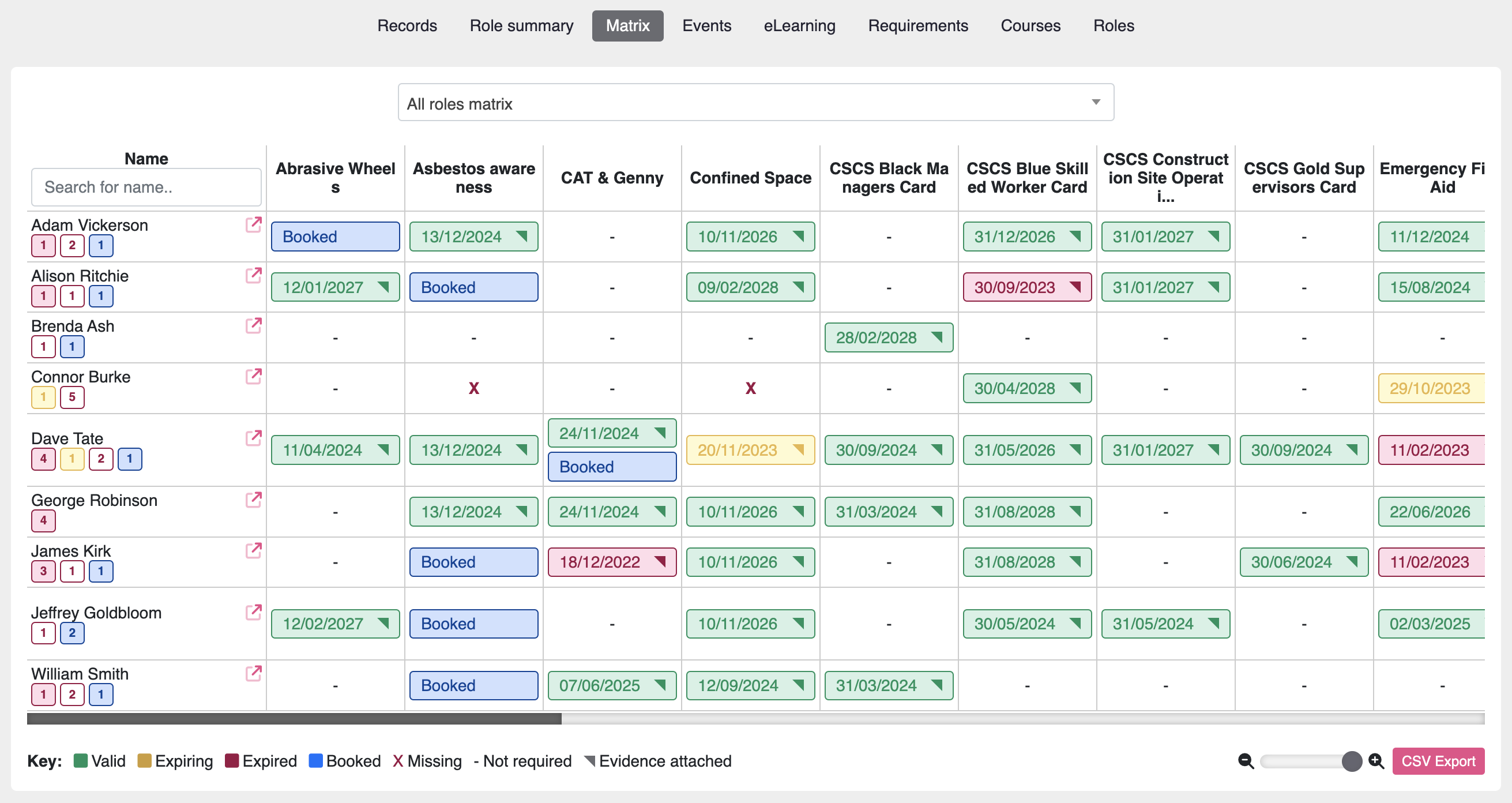In today’s fast-paced and ever-changing business landscape, organizations must continuously adapt and evolve to stay competitive. This means that employees must also be equipped with the necessary skills and knowledge to keep up with the demands of their roles. This is where competency development comes in.
By investing in the development of employees’ competencies, organizations can unlock their potential and drive success. In this article, we’ll explore what competency development is, why it’s important, and how it can be implemented effectively.
What is Competency Development?
Competency development is the process of identifying, nurturing, and enhancing the skills, knowledge, and behaviors of employees to improve their performance and drive organizational success. It involves assessing the current competencies of employees, identifying areas for improvement, and providing training and development opportunities to bridge any gaps.
The Difference Between Competencies and Skills
While the terms “competencies” and “skills” are often used interchangeably, there is a distinct difference between the two. Skills refer to the specific abilities and knowledge that an individual possesses, while competencies are a combination of skills, knowledge, and behaviors that are necessary for successful performance in a particular role.
For example, a skill for a salesperson may be the ability to negotiate, while a competency would be the combination of negotiation skills, product knowledge, and the ability to build relationships with clients.
Why is Competency Development Important?
Unlocking Employee Potential
Competency development is crucial for unlocking the potential of employees. By identifying and developing their competencies, organizations can help employees reach their full potential and perform at their best. This not only benefits the individual employee but also contributes to the overall success of the organization.
Driving Performance Improvement
It is also essential for driving performance improvement. By providing employees with the necessary skills and knowledge, organizations can improve the quality of work and increase productivity. This can lead to better customer satisfaction, increased revenue, and a competitive advantage in the market.
Attracting and Retaining Top Talent
In today’s competitive job market, employees are looking for opportunities for growth and development. By investing in competency development, organizations can attract top talent and retain their current employees. This can also improve employee satisfaction and engagement, leading to a more positive work culture.
How Can Competency Development Be Implemented Effectively?
Identify Key Competencies
The first step in implementing competency development is to identify the key competencies required for success in each role within the organization. This can be done through job analysis, performance evaluations, and discussions with managers and employees.
Provide Training and Development Opportunities
Once the key competencies have been identified, organizations can provide training and development opportunities to help employees improve in these areas. This can include workshops, online courses, mentoring programs, and on-the-job training.
Encourage Continuous Learning
Competency development should not be a one-time event. It should be an ongoing process that encourages continuous learning and development. This can be achieved by providing employees with access to resources and tools for self-directed learning, such as online courses, webinars, and industry conferences.
Measure and Track Progress
To ensure the effectiveness of competency development initiatives, it’s important to measure and track progress. This can be done through performance evaluations, feedback from managers and peers, and self-assessments. This information can then be used to identify areas for improvement and adjust training and development plans accordingly.
Software
Training Management Systems (TMS) like Moralbox.com can help measure and track progress by means of specialist features such as an automated software training matrix, skills tracker, briefings and e-learning.
Real-World Examples
Google’s “Googler to Googler” Program
Google’s “Googler to Googler” program is an example of an effective competency development initiative. This program allows employees to share their knowledge and expertise with their colleagues through workshops and presentations. This not only helps employees develop their competencies but also fosters a culture of continuous learning and collaboration within the organization.
Marriott’s “Pathways” Program
Marriott’s “Pathways” program is another example of a successful competency development initiative. This program provides employees with access to a variety of training and development opportunities, including online courses, workshops, and mentoring programs. It also allows employees to track their progress and receive recognition for their achievements.
Who is Responsible for Competency Development?
While HR departments often play a significant role in competency development, it is the responsibility of the entire organization to support and promote it. Managers and team leaders should be involved in identifying and developing the competencies of their team members, and employees should take ownership of their own development.
ent is a crucial aspect of organizational success. By identifying and developing the key competencies of employees, organizations can unlock their potential, drive performance improvement, and attract and retain top talent. By implementing effective competency development initiatives, organizations can stay competitive and adapt to the ever-changing business landscape.
Further Reading
-
- MindTools offers valuable information on developing a competency framework, which is crucial for understanding and implementing competency development strategies within an organization. Although direct access to the content was restricted, MindTools is known for providing practical tools and resources for professional development. You can explore their insights on creating a competency framework by visiting MindTools – Developing a Competency Framework.
- Indeed Canada has a section dedicated to competency development, focusing on how it combines knowledge, skills, and attitudes to improve workplace performance. It highlights the continuous nature of and its role in professional growth. For a more detailed exploration of their perspective on , you might find valuable insights on Indeed Canada’s page on Competency Development
John is our co-founder and is responsible for software design and development and loves helping people solve problems using innovative software.



